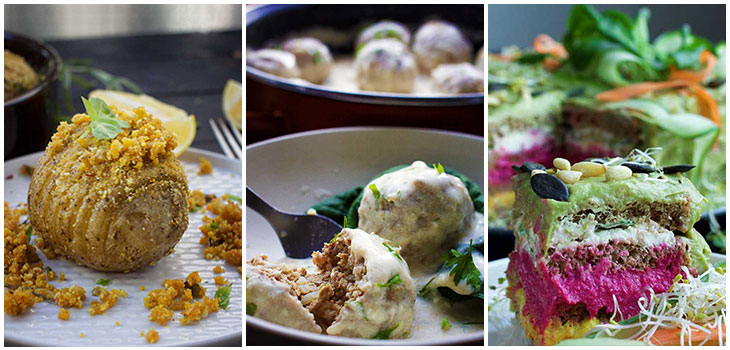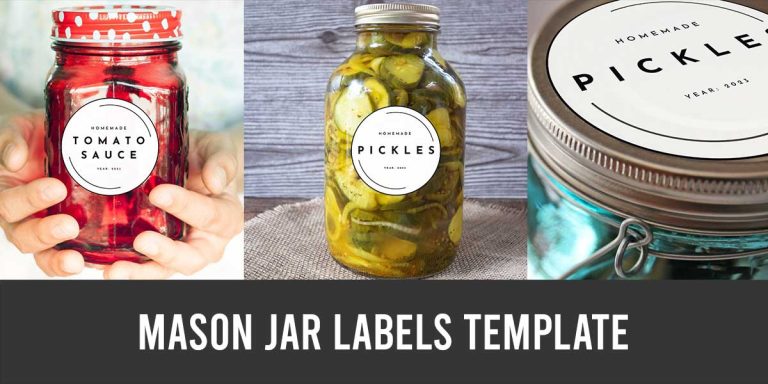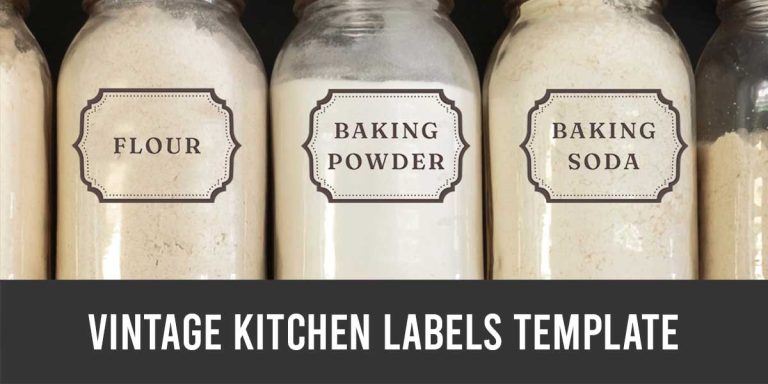The Salmonella Survival Guide: What You Need to Know
Learn how to protect yourself with this essential Salmonella survival guide. Discover causes, symptoms, prevention tips, and what to do if you get infected. Stay safe and informed!
Food poisoning is something most of us would prefer to avoid, but it remains a common health concern worldwide. Salmonella is one of the leading causes of foodborne illness and affects millions of people each year. Understanding what it is, how to recognize it, and most importantly, how to prevent it can help keep you and your family safe.
Understanding Salmonella
Salmonella isn’t a single bacterium but rather a group of bacteria commonly found in the intestinal tracts of humans and animals. These bacteria can spread to humans through various foods and contact with infected animals. The most common culprits in this bacterial family are Salmonella Enteritidis and Salmonella Typhimurium, which are responsible for most cases of salmonellosis in humans.
How Salmonella Finds Its Way to Your Plate
These bacteria are surprisingly adept at finding their way into our food system:
- Undercooked poultry, meat, and eggs are primary sources
- Raw or unpasteurized dairy products can harbor the bacteria
- Unwashed fruits and vegetables may be contaminated during growing or processing
- Pet reptiles and amphibians often carry Salmonella naturally
- Cross-contamination in the kitchen can spread bacteria from raw foods to ready-to-eat items
What makes Salmonella particularly troublesome is that contaminated food typically looks, smells, and tastes normal, giving no obvious warning signs of potential illness.
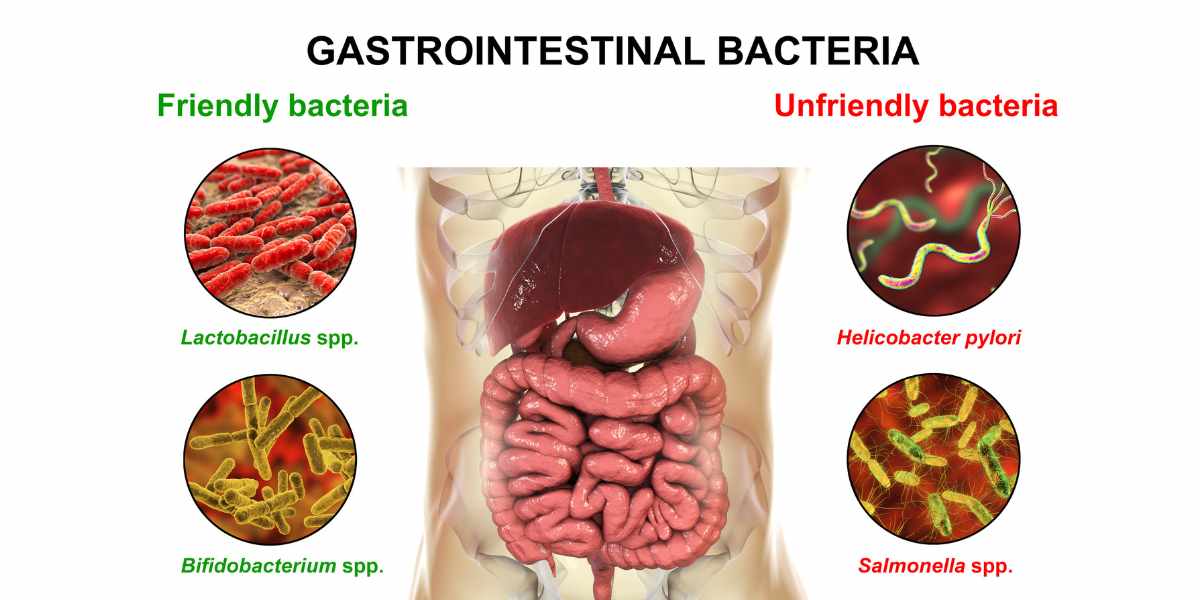
Recognizing a Salmonella Infection
If you’ve been exposed to Salmonella, symptoms typically appear within 6 hours to 6 days. The most common signs include:
- Stomach cramps that can range from mild to severe
- Diarrhea, sometimes containing blood or mucus
- Fever, typically between 100°F and 102°F
- Nausea and vomiting that may come in waves
- Headache that often accompanies the fever
- Muscle pains that might make you feel generally unwell
For most healthy adults, these symptoms last about 4-7 days before gradually improving. During this time, staying hydrated is crucial as your body works to overcome the infection.
When to Seek Medical Help
While many Salmonella infections resolve on their own, certain situations warrant medical attention:
- Symptoms lasting more than 3 days without improvement
- High fever (above 102°F)
- Bloody diarrhea
- Inability to keep fluids down due to vomiting
- Signs of dehydration (decreased urination, dry mouth, dizziness)
- Severe abdominal pain that doesn’t improve
These symptoms may indicate a more serious infection that requires medical intervention.
Getting a Diagnosis
If you do visit a healthcare provider, they’ll likely request a stool sample to test for the presence of Salmonella bacteria. In more severe cases, blood tests may be necessary to determine if the infection has spread beyond the intestines.
Treatment Approaches
Interestingly, antibiotics aren’t usually prescribed for uncomplicated Salmonella infections. Treatment typically focuses on:
- Maintaining proper hydration with water and electrolyte solutions
- Resting to allow your body to recover
- Using over-the-counter medications to manage specific symptoms
For high-risk individuals or severe infections, healthcare providers may prescribe antibiotics, but this decision is made on a case-by-case basis.
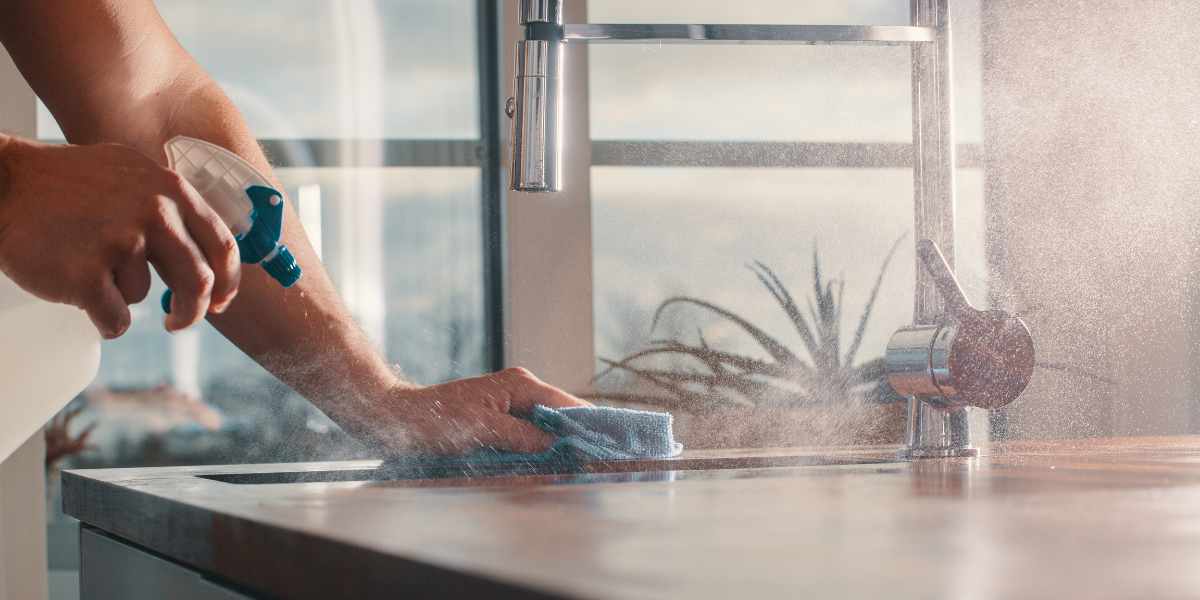
Prevention: Your Best Defense
The most effective strategy against Salmonella is prevention. Here’s how to protect yourself and your family:
Kitchen Safety
Cook foods to safe temperatures:
- Poultry: 165°F (74°C)
- Ground meats: 160°F (71°C)
- Whole cuts of beef, pork, lamb: 145°F (63°C) with a rest period
- Eggs until both white and yolk are firm
Prevent cross-contamination:
- Use separate cutting boards for raw meat and produce
- Wash hands, utensils, and surfaces after handling raw meat
- Never place cooked food on surfaces that previously held raw meat
Practice proper food storage:
- Maintain refrigerator temperature below 40°F (4°C)
- Refrigerate perishable foods promptly
- Store raw meat on the bottom shelf to prevent drips
- Follow recommended storage times for different food types
Personal Hygiene
Hand washing is crucial:
- After using the bathroom
- Before preparing or eating food
- After handling raw meat
- After contact with animals, especially reptiles and farm animals
- After changing diapers
Travel considerations:
- Be cautious about food and water when traveling to areas with different sanitation standards
- Stick to bottled water and thoroughly cooked foods when uncertain
Pet Safety
Reptile and amphibian precautions:
- Always wash hands after handling reptiles or their habitats
- Keep reptile enclosures away from food preparation areas
- Consider the risks if you have young children or immunocompromised family members
Backyard poultry awareness:
- Wash hands after handling chickens or collecting eggs
- Keep coop cleaning equipment separate from household items
- Supervise children around poultry and ensure proper hand washing
Potential Complications
While most people recover completely from Salmonella infections, some may experience lingering effects:
- Reactive arthritis (joint inflammation)
- Irritable bowel syndrome symptoms
- Temporary lactose intolerance
- In rare cases, more serious conditions if the infection spreads to the bloodstream
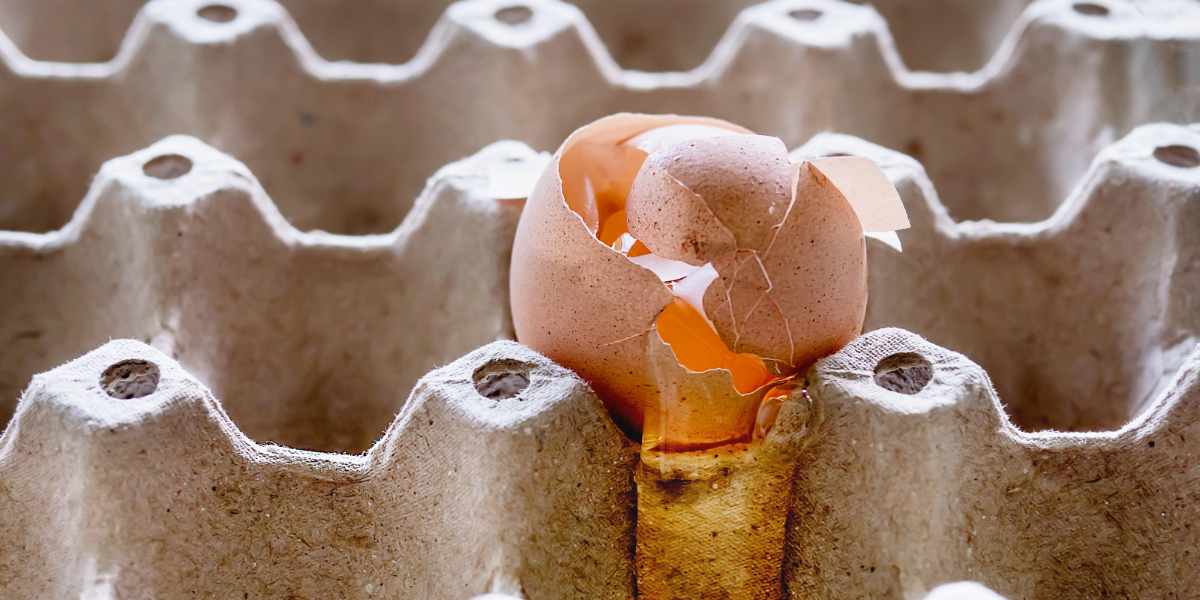
Salmonella may be common, but with proper food handling, cooking, and hygiene practices, you can significantly reduce your risk of infection. Being able to recognize the symptoms ensures you can seek medical attention when necessary, while prevention remains your most powerful tool against this widespread foodborne illness.
Remember that food safety is a shared responsibility that extends from farms and processing facilities to your kitchen at home. By following these guidelines, you’re taking an important step in protecting yourself and your loved ones from the discomfort and potential dangers of salmonellosis.
If you make this, please leave a review and rating if you liked this recipe! ★★★★★


